Zemio: Communication without a Community Radio
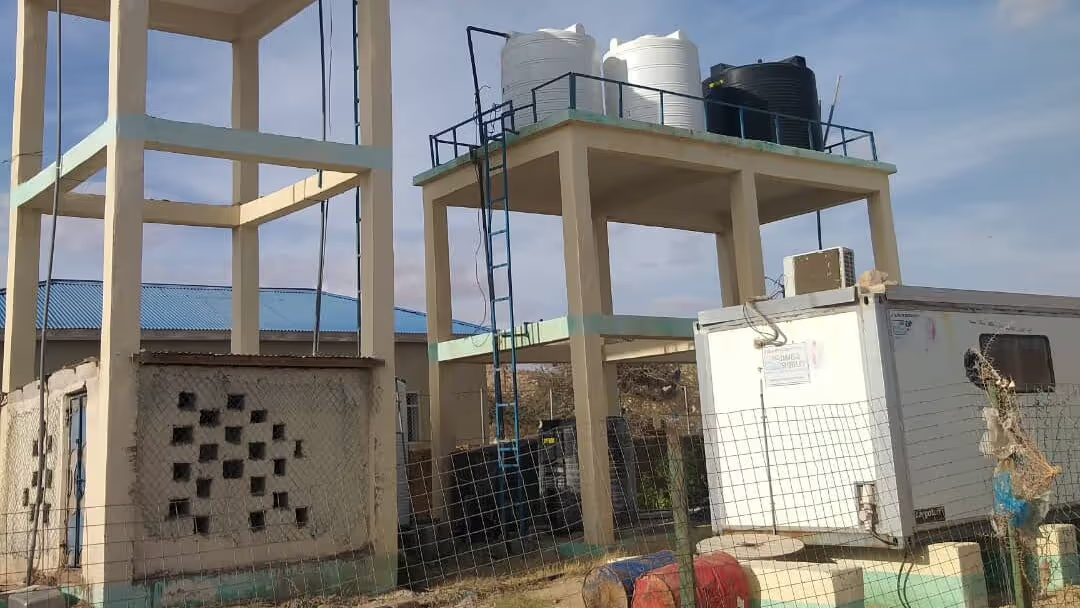
In the words of psychologist, philosopher and communication theoretician Paul Watzlawick: “One cannot not communicate.”
This paradigm has become exponentially amplified in a globalized world of instant interconnectivity, social media and mass communication where avoiding direct communication is a way to communicate in and of itself. Indeed, in today’s networked society, we often interpret a failure to respond to emails, texts or posts within hours as a deliberate signal of some sort – be it of passive aggressiveness, disinterest or a delay due to a life-threatening emergency.
Yet in some cases, lack of communication stems neither from a lack of will nor a desire to pass a message by saying nothing. Instead, it can simply be the result of a lack of means. Rural areas of Central African Republic (CAR) are a case in point. In a country roughly the size of France with a population of 4 million and an overwhelming lack of infrastructure, services, and security, many communities in CAR find themselves completely isolated and disconnected, within the heart of vast information deserts.
As mentioned in previous blogs, to overcome this seclusion, the Association of Journalists for Human Rights (RJDH in the French acronym), supported by Internews, has created a network of community radios that link to each other to obtain and share timely human rights and humanitarian information across the country. By giving voice at a national level to otherwise voiceless communities, RJDH facilitates a two-way communication flow between affected communities and humanitarian actors via local media, allowing both sides of the spectrum to give and receive crucial information.
RJDH Community Correspondents In many population centers across CAR however, there are no community radios to use as a focal point in this exchange. To overcome this limitation, RJDH have also begun including in their network“community correspondents” - local volunteers like nurses, merchants or civil servants who can send and receive information from the network without having a radio platform.
In Zemio – a small city in southeastern CAR along the Mbomou River on the border with the Democratic Republic of Congo (DRC), an area deeply affected by Lord’s Resistance Army (LRA) violence – the community correspondent is Mr. Mboli-Guipa Guy Hilaire, a schoolteacher. Trained by Internews and the RJDH on how to gather and cross-check information in April 2012, Mr. Mboli has spent the last three months in daily contact with RJDH journalists in Bangui via mobile phones (coverage came to Zemio in March 2012) in order to share local news and receive updates on other news from around the country.
Like the other twenty other community correspondents that are part of RJDH’s network, Mr. Hilaire plays a critical role within information flow of the RJDH. After the training in April, community correspondents went from producing 95 stories in March to producing 165 in June 2012. Information from local communities via local media is also at the heart of the Crisis Map CAR, which is then complemented by input from humanitarian organizations.
Local Information Sharing Initiatives Mr. Mboli’s great support in sharing information beyond Zemio through the RJDH has proved invaluable, but the next stage in the project will need to be ensuring that correspondents like Mr. Mboli are equipped to then take information from the RJDH and share it back to the community. In Zemio, anyway, there seem to be a number of platforms through which to do this. During our recent trip there, I was struck by a number of innovative and spontaneous communication initiatives in the city. Indeed, though the citizens of Zemio lack a community radio, they clearly do not lack ingenuity and creativity for interconnecting. Three local endeavors are remarkably proof positive of the communications creativity of the community:
Radio Gambori Pa Established in 2006 with an evangelical agenda - Gambori Pameans “The Voice of God” in Zandé - this “radio” consists of two megaphones powered by solar panels installed on a tree in downtown Zemio, connected to a wired microphone. Gambori Pa broadcasts two days a week (Tuesday and Friday) at sunrise and sunset. The staff is comprised of three volunteers who have not received any journalism or radio training. The languages used are French, Zandé, and Sango. Initially focusing on faith content, Gambori Pa has progressively expanded its subject matter to include local information and public service announcements, as well as music and education. Several NGOs present in Zemio use Gambori Pa to pass on messages on activities such as health and agriculture. However, some individuals do complain about the volume of the raspy 5 AM transmissions…
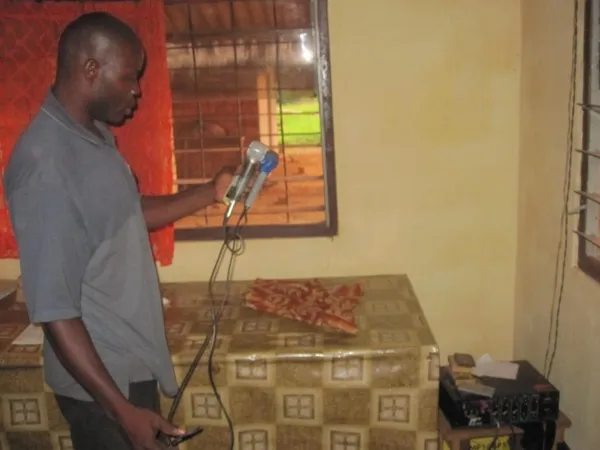
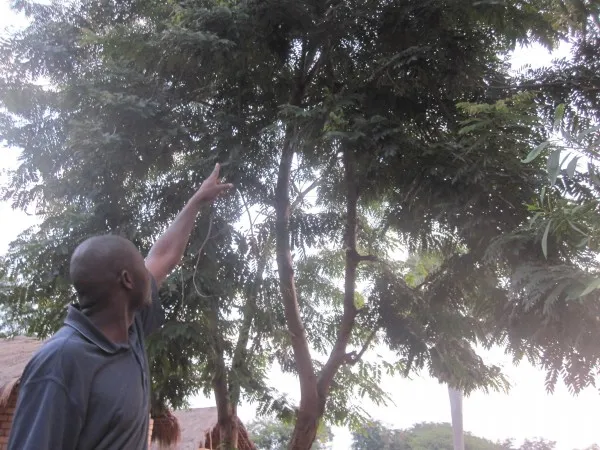
Africa International Missions (AIM) A high frequency (HF) radio is located in the Protestant church complex of AIM. Radio operator Joseph Julien Bowo has fifteen years of experience and is a radio enthusiast. Mr. Bowo acts as the focal point for Invisible Children and Human Rights Watch, two international NGOS, and he operates the Zemio branch of an early warning system developed by Invisible Children to alert local populations of nearby LRA activity. He is also the designated trainer for HF radio use in the upcoming program expansion in the region.
Radio Nyemuse With a broadcasting radius of 200 meters, Radio Nyemuse -Nyemuse means “Love” in Zandé - is the only FM radio in Zemio (89 FM). Initiated by a local businessman and with a staff of four young volunteers, Nyemuse uses a microphone (powered by batteries), a small tape player (the microphone is placed next to the tape player’s speaker), and a handmade antenna (a tall pole with the metal skeleton of an umbrella). It broadcasts in French, Zandé, and Sango on a daily basis from 5PM to 7PM, but programming is a bit inconsistent. The radio is self-financed by the president and the four volunteers, who rotationally purchase batteries for the microphone. No contributions are asked for from the community.
Nyemuse broadcasts news obtained by listening to Voice of America and RFI on short wave, as well as offering a platform for neighborhood information – like “finding a lost bike”, for example. Its main focus, however, is providing music for a young audience who mostly access the broadcasts through radio apps on their mobile phones. As there is no city electricity in Zemio, mobile phones can be charged for 150 CFA (approximately 20 Euro cents) at local stands powered by gasoline generators.
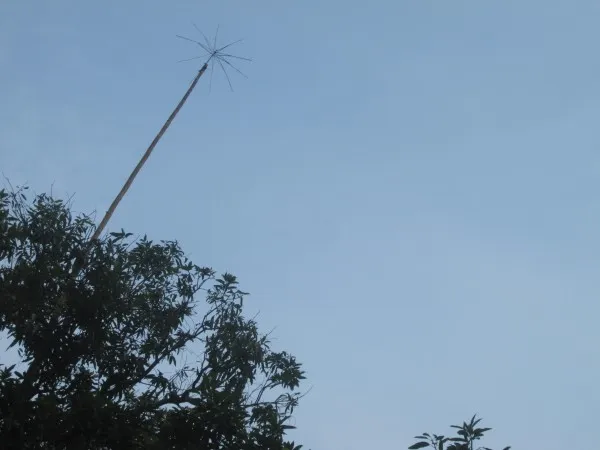
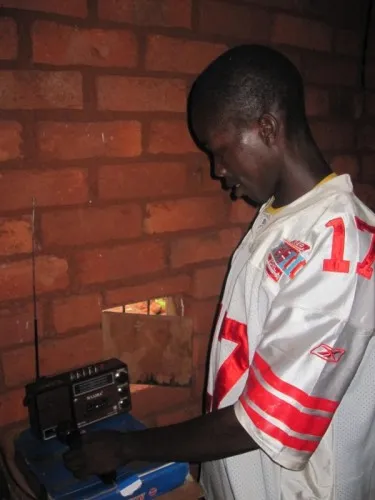
Birth of a Community Radio In the months to come, Internews hopes to be able support the energy and ingenuity of these individual initiatives as the basis for building Zemio’s own community radio. As Mr. Bowo from AIM explained, a functional community radio must be community organized, owned, financed and managed it must also include the full spectrum of the community identities.
As Patrick Vinck mentioned in his last blog about his recent field visit to the northern areas of CAR and the status of two local radio stations, Paoua or Kagabandoro, set up years ago by other international organizations, we need to ensure that communities’ engagement and the sustainability of the community radios themselves, are at the core of any planning and discussion to set one up.
In the case of Zemio, this would include an open and transparent dialogue with indigenous peoples, the pastoral Muslim Peuhls, Congolese refugees, Central African internally displaced, as well as the youth, elders, men and women from all these sub communities.
By contributing with training and equipment, Internews is determined to facilitate opportunities for the people of Zemio to build their own community radio to share their experiences, ask questions, and be in touch with a broader audience within their city, across Central African Republic, and - thanks to the RJDH and the Crisis Map - also with the rest of the world.
Stay tuned, more to come.
Raimondo Chiari Humanitarian and Media Liaison Officer, Internews CAR[email protected](link sends e-mail)@R_Chiari
Stay updated
Sign up for our newsletter to receive regular updates on resources, news, and insights like this. Don’t miss out on important information that can help you stay informed and engaged.
Related articles
.png)

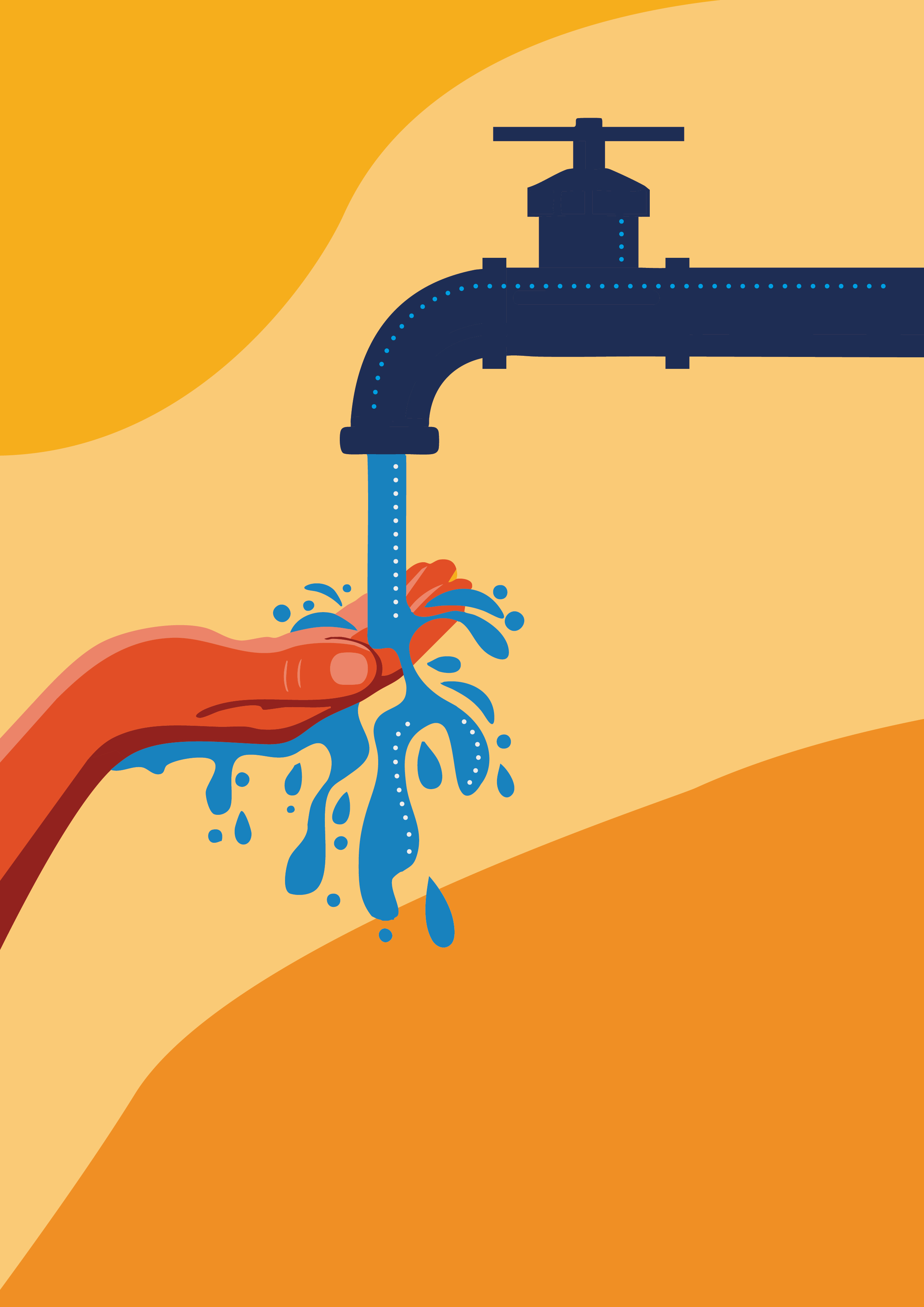
Explore Elrha
Learn more about our mission, the organisations we support, and the resources we provide to drive research and innovation in humanitarian response.